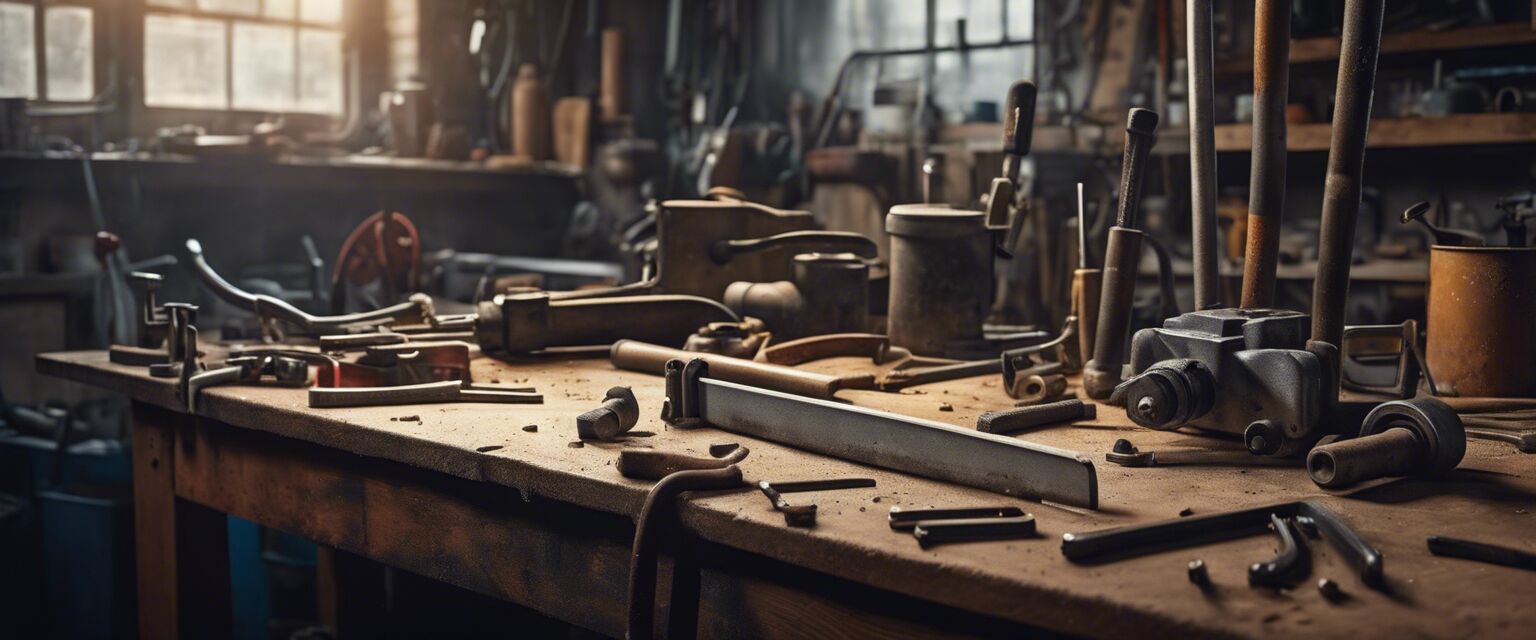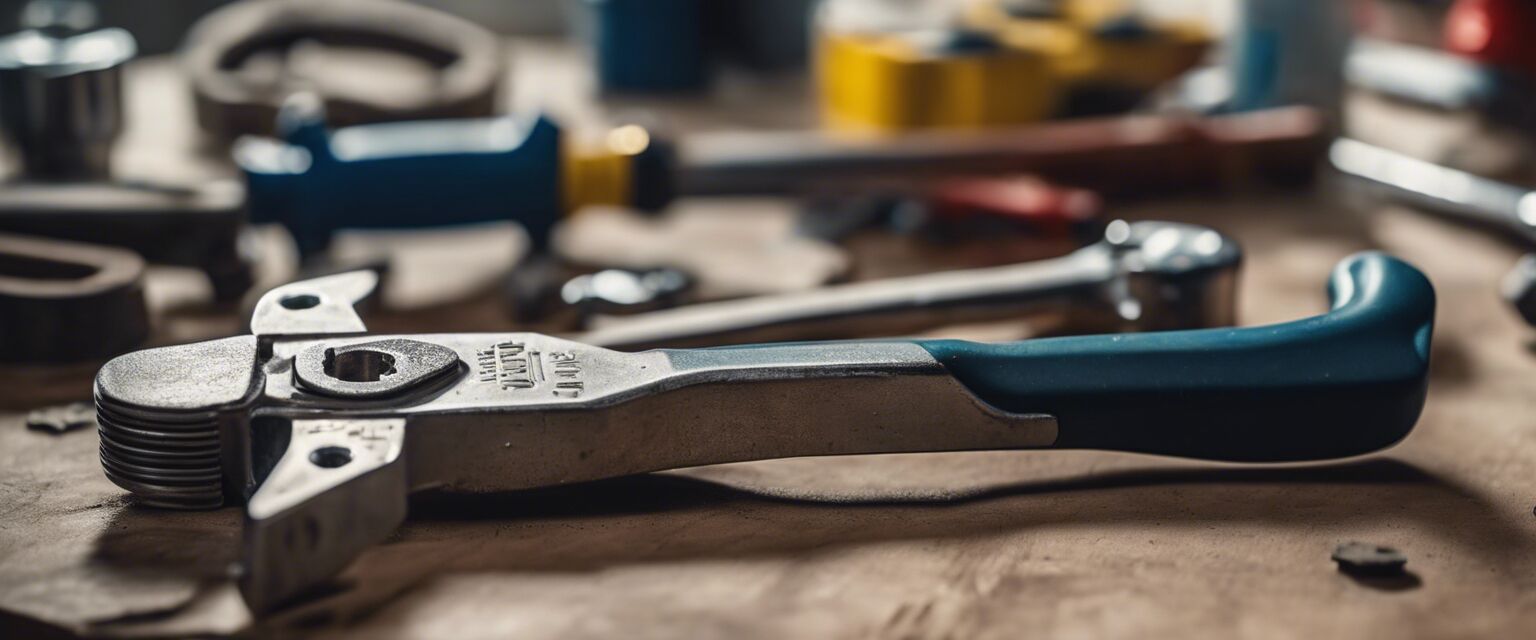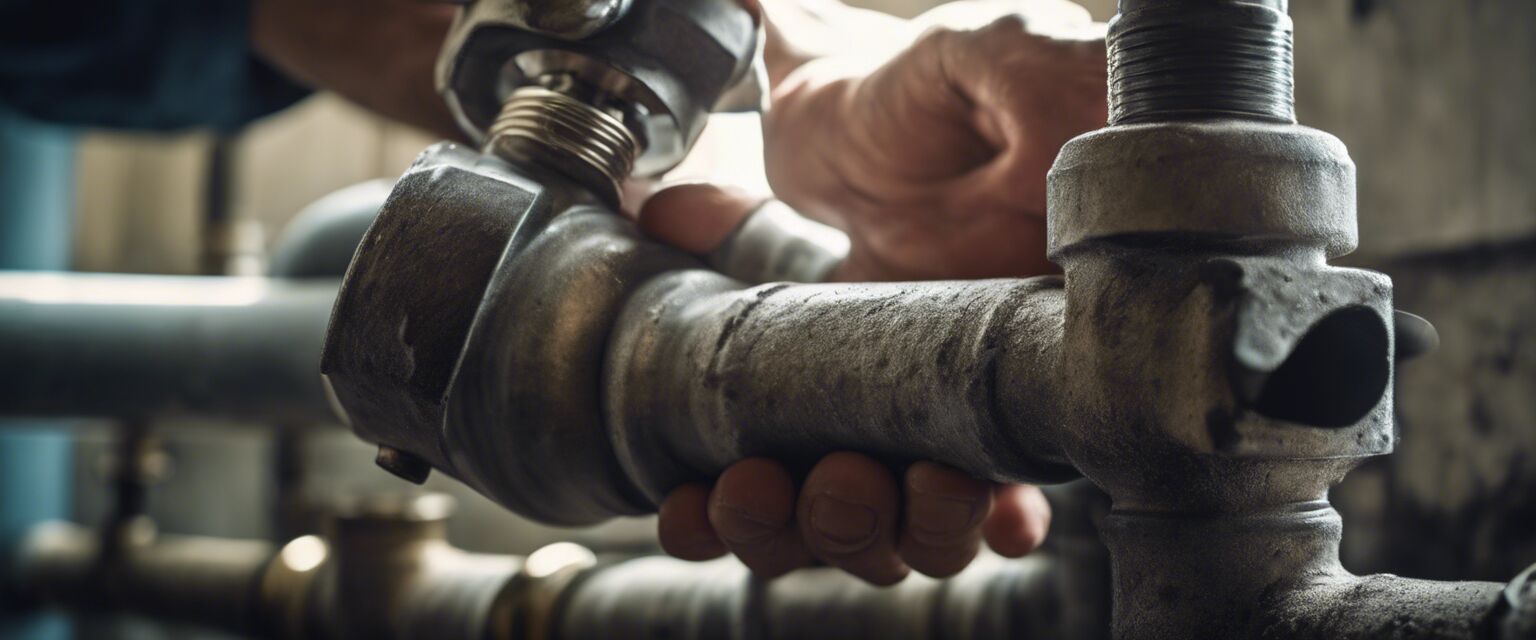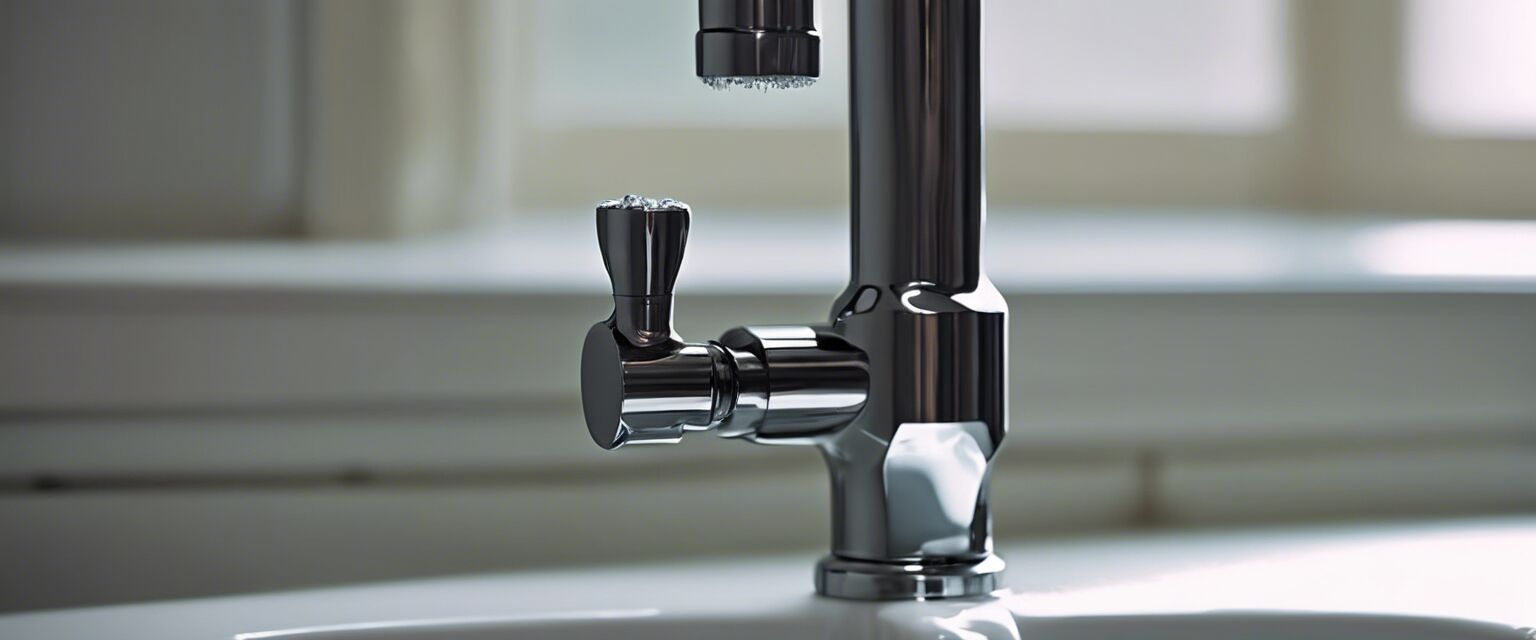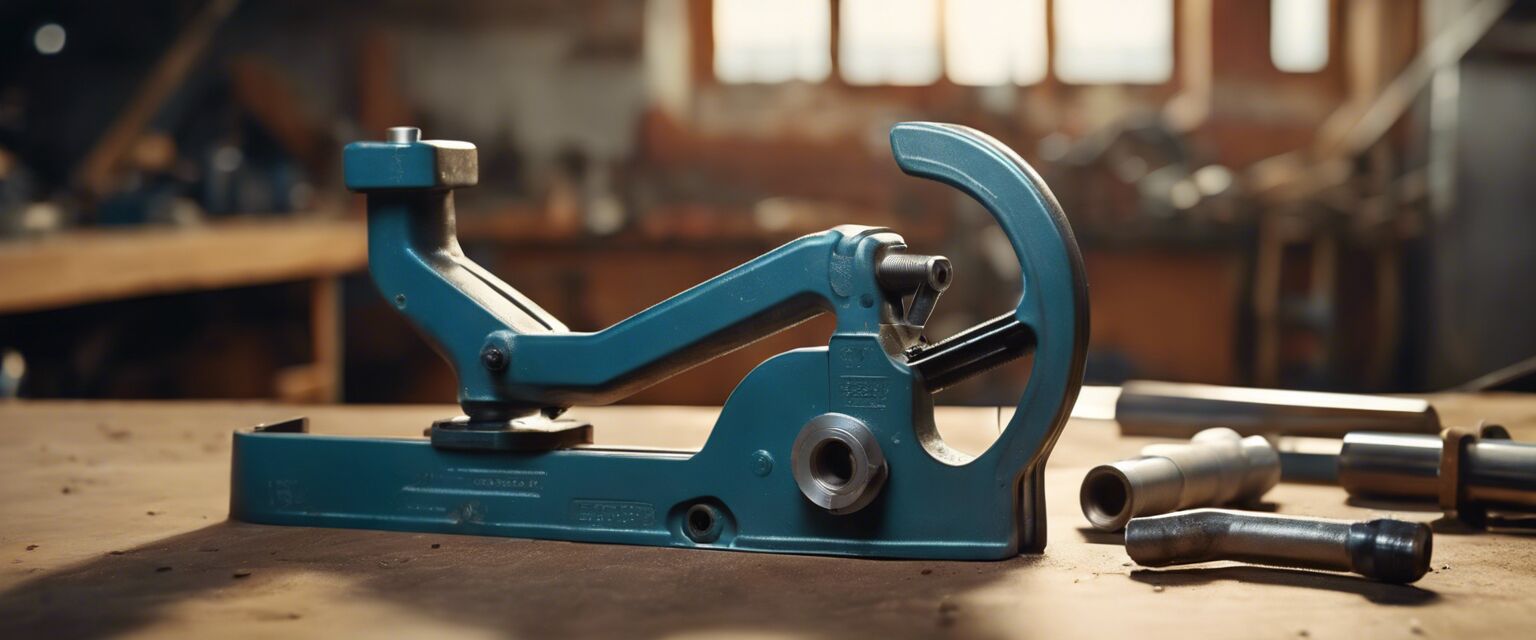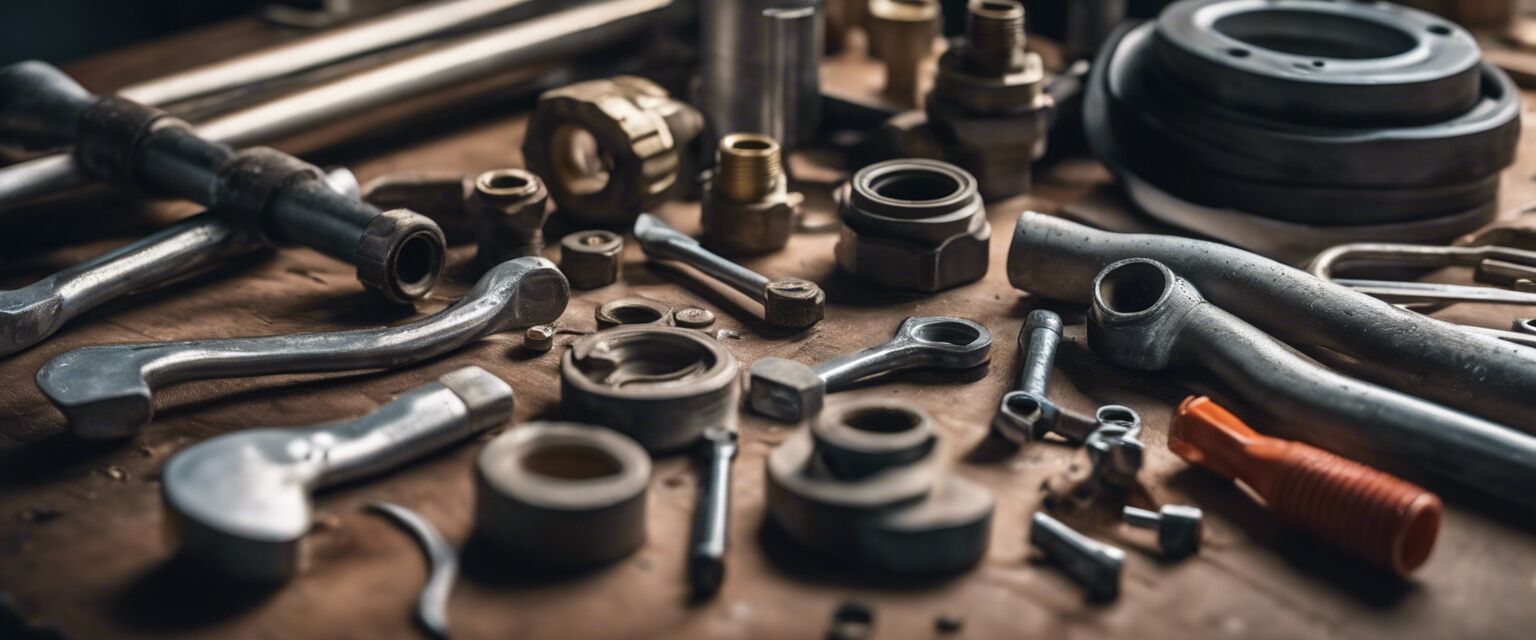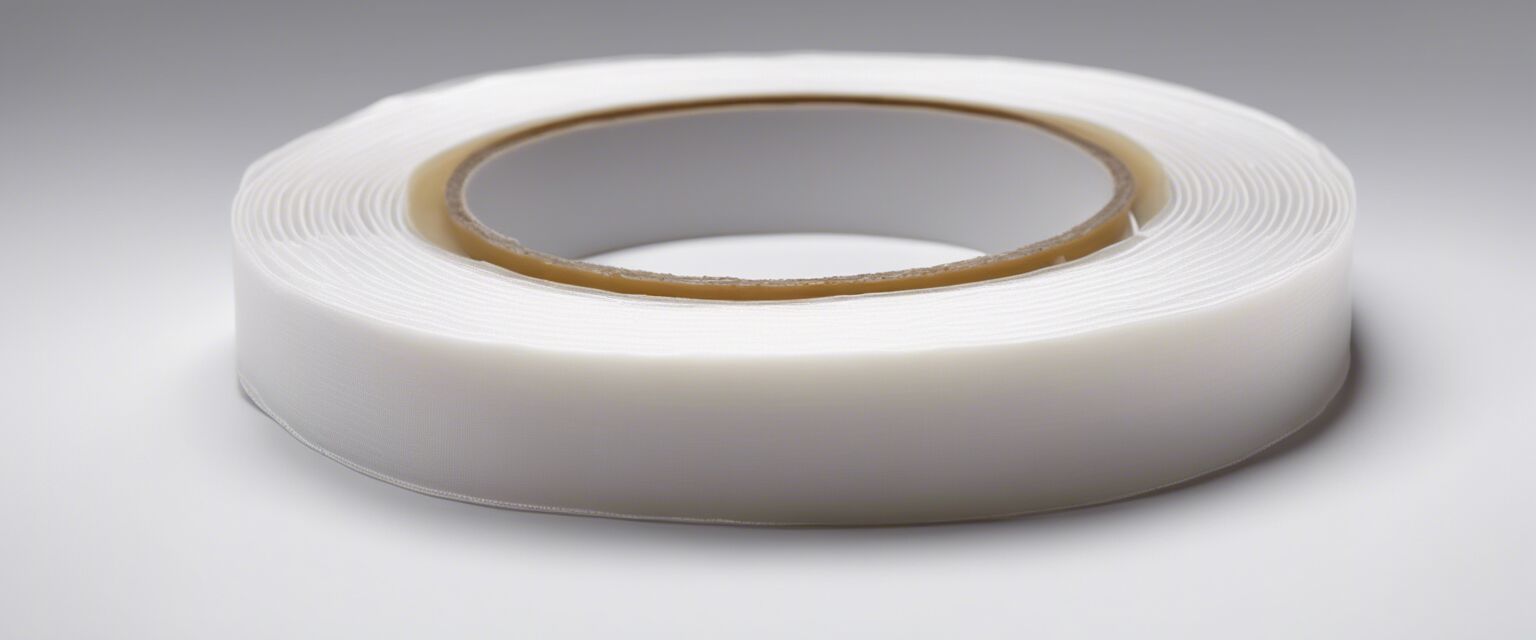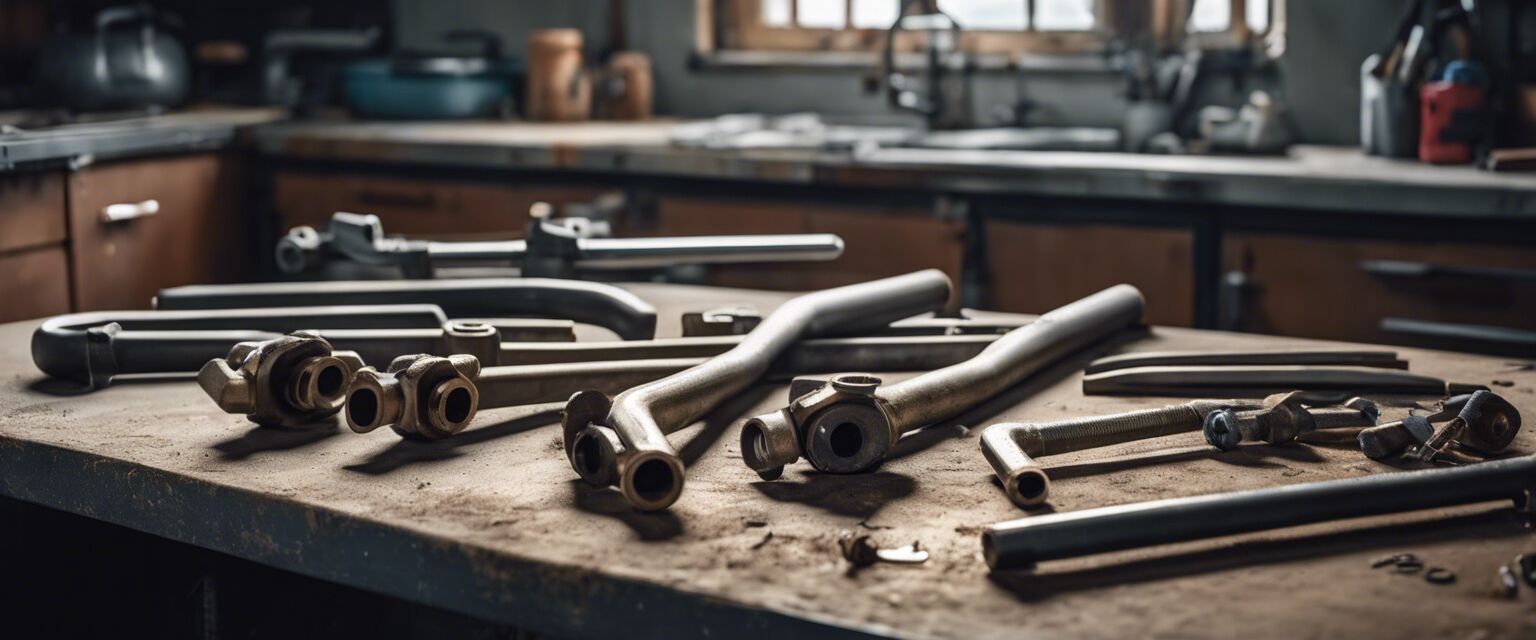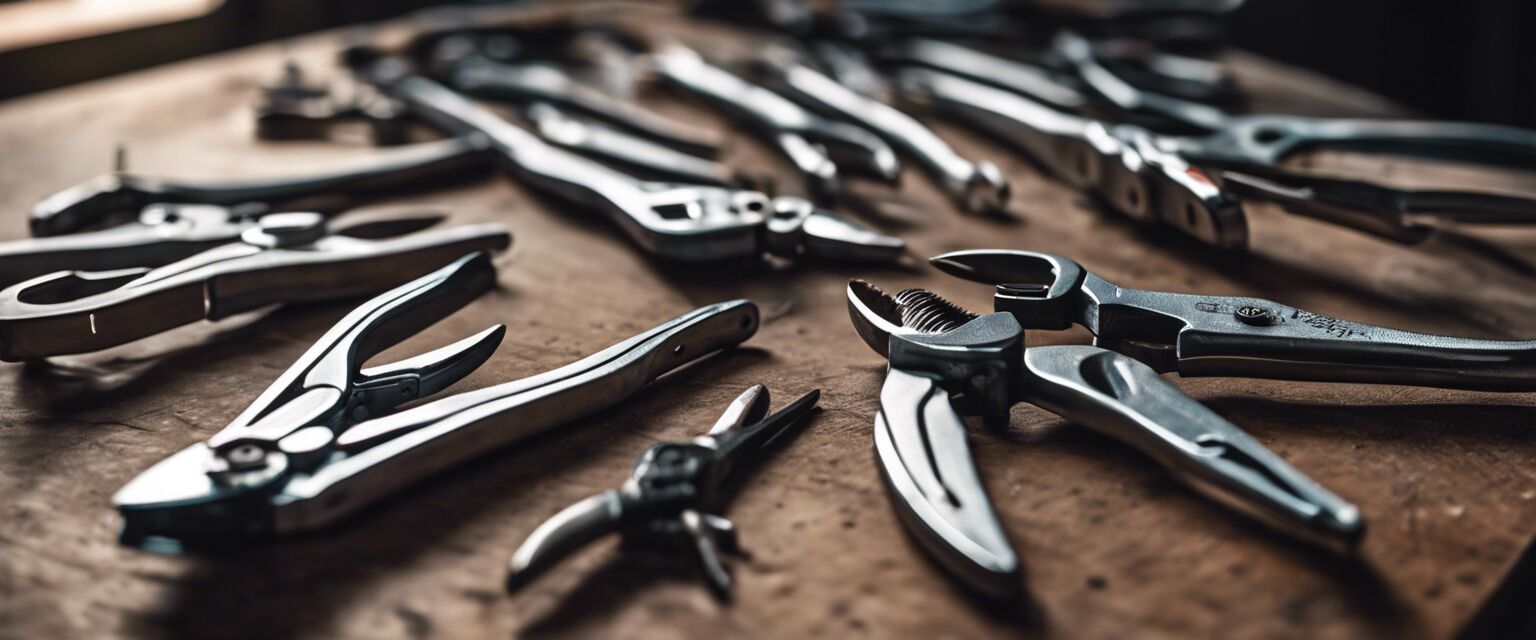
Different Types of Pliers
Key Takeaways
- Understanding the various types of pliers aids in choosing the right tool for specific plumbing tasks.
- Common types include slip joint pliers, needle nose pliers, and locking pliers.
- Each type has unique advantages that enhance operational efficiency.
Pliers are essential tools in plumbing that allow professionals to grip, pull, twist, and cut materials with ease. They come in various types, each designed to handle different tasks effectively. This article explores the different types of pliers used in plumbing, detailing their specific uses and advantages.
Types of pliers used in plumbing
| Type of Pliers | Description | Common Uses | Advantages |
|---|---|---|---|
| Slip Joint Pliers | Pliers with adjustable pivot points for multiple width settings. | Gripping and turning nuts and bolts. | Versatile for various sizes, easy to use. |
| Needle Nose Pliers | Pliers with long, thin jaws to reach tight spaces. | Gripping small objects and bending wire. | Great for precision tasks, ideal for delicate work. |
| Locking Pliers | Pliers that can be locked in place to grip objects securely. | Clamping and holding materials for extended periods. | Prevents slippage, hands-free operation. |
| Diagonal Cutting Pliers | Designed for cutting wire and cable. | Cable preparation and wire cutting. | High leverage for cutting tough materials. |
| Flat Nose Pliers | Pliers with flat, wide jaws for gripping. | Holding and bending metal wires. | Great for shaping wire and metalworks. |
Detailed overview of common pliers used in plumbing
1. Slip Joint Pliers

Slip joint pliers, often referred to as channel locks, are indispensable in plumbing. Their adjustable jaw design allows users to grip a range of sizes effectively, making them suitable for different plumbing fittings. The gripping strength is particularly useful when working with pipes or nuts that require a firm hold.
2. Needle Nose Pliers

Needle nose pliers are specifically designed for precision tasks. Their long, slender jaws enable access to tight spaces, perfect for tasks such as manipulating wires or small components. They are also highly effective when performing intricate plumbing repairs or electrical work.
3. Locking Pliers

Locking pliers provide excellent grip strength and can maintain pressure without manual holding. This feature comes in handy during tasks that require both hands. However, the versatility of locking pliers goes beyond plumbing, making them useful in various trade applications.
4. Diagonal Cutting Pliers
Diagonal cutting pliers, also known as side cutters, are primarily used to cut wire and cable. Their angled design allows for easy access in confined areas, making them perfect for removing excess wires after plumbing installations. This tool is a must-have for professionals handling electrical wiring or cutting pipe threads.
5. Flat Nose Pliers
Flat nose pliers are designed for holding and bending metal. Their wide jaws provide a strong grip, making them ideal for reshaping metal materials. This can be crucial in plumbing when forming custom fittings or managing heavy pipe installations.
Advantages of using the right type of pliers in plumbing
- Improved Efficiency: The right plier type for each task enhances speed and precision.
- Reduced Fatigue: Ergonomically designed pliers allow for prolonged use without discomfort.
- Enhanced Safety: Using the correct pliers reduces the risk of hand injury or tool failure.
Tips for selecting the right pair of pliers
Beginners Section
- Identify the specific tasks you will be performing.
- Choose pliers with comfortable grips for extended use.
- Consider adjustable options for versatility.
- Test the pliers' weight; lighter tools can be easier to maneuver.
- Read reviews on durability and reliability before making a choice.
Conclusion
In plumbing, understanding the different types of pliers and their specific applications is crucial to completing tasks effectively and efficiently. Whether you're a DIYer or a professional plumber, having a variety of pliers can significantly enhance your work capabilities. Remember to choose tools that fit comfortably in your hand and are appropriate for the task at hand.
Pros
- Versatile tools adaptable for various jobs.
- Improve precision and control during plumbing tasks.
- Durable options available for heavy-duty use.
Cons
- Some types may not be suitable for all plumbing tasks.
- Quality tools can be expensive upfront.
